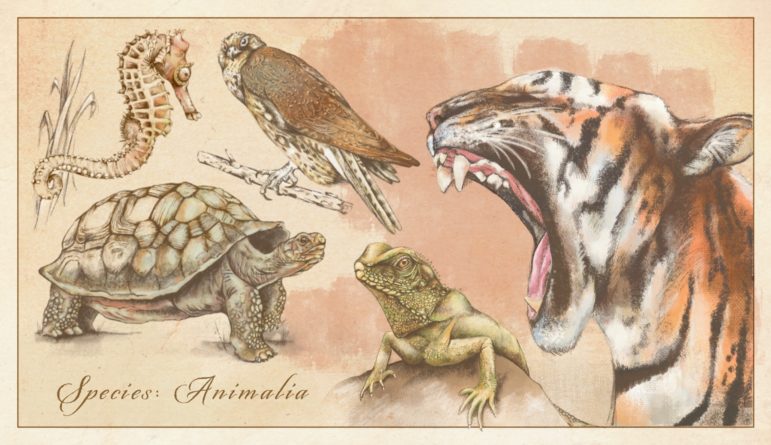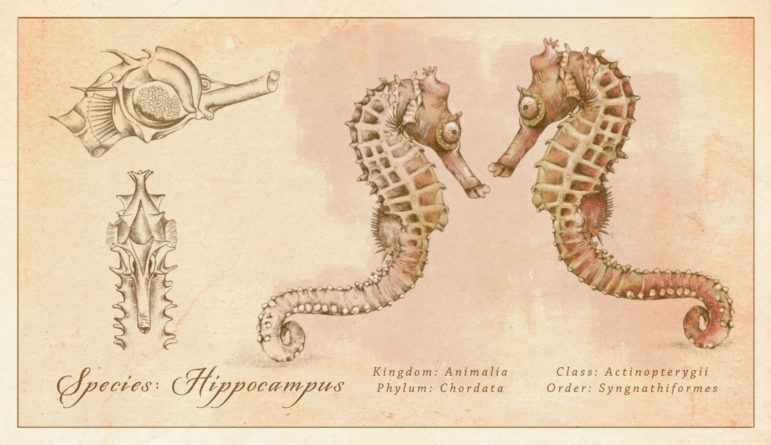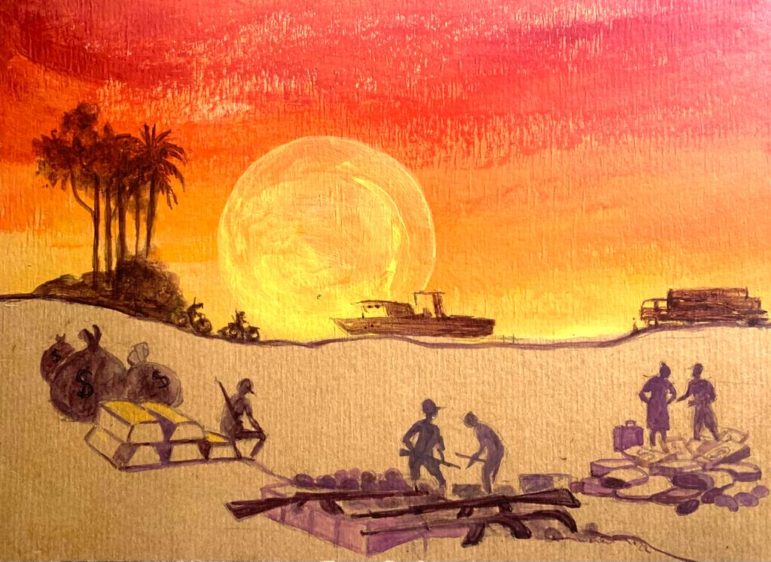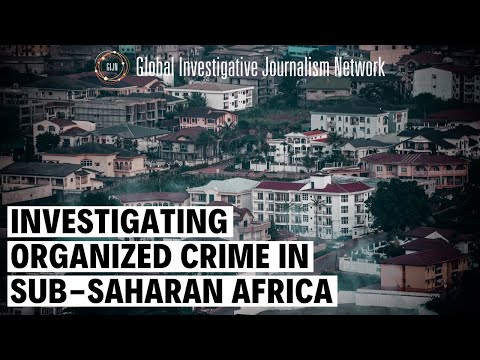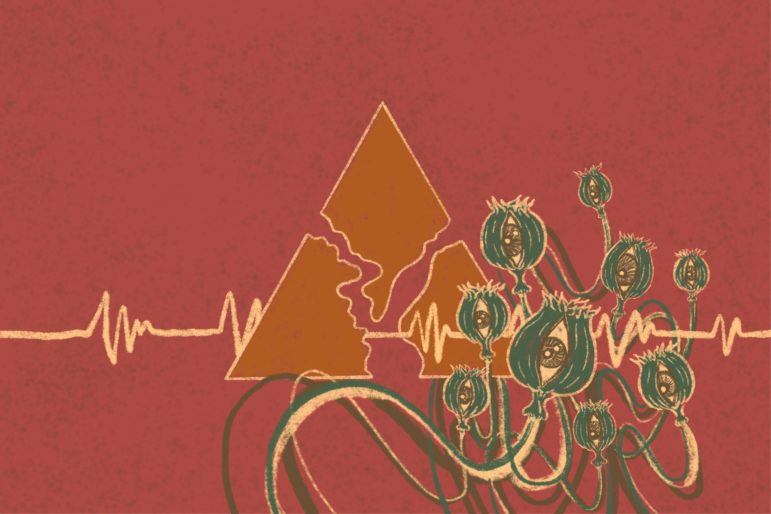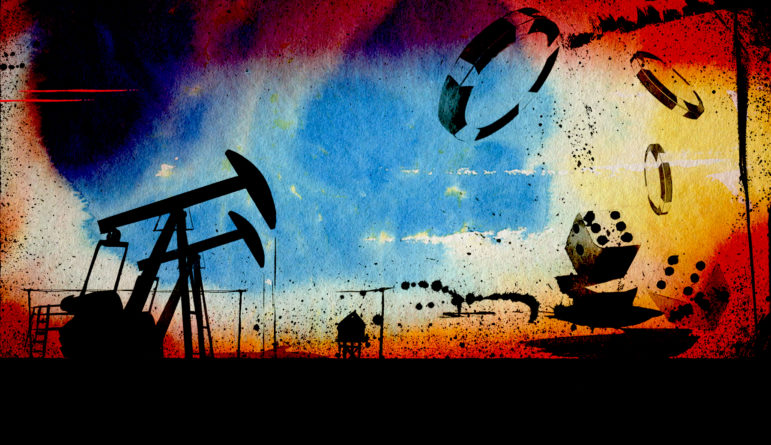

Illegal Wildlife Trafficking: Introduction
Guide Resource
Illegal Wildlife Trafficking: A GIJN Guide
Chapter Guide Resource
Illegal Wildlife Trafficking: Introduction
Chapter Guide Resource
Illegal Wildlife Trafficking: Chapter 1
Chapter Guide Resource
Illegal Wildlife Trafficking: Chapter 2
Chapter Guide Resource
Illegal Wildlife Trafficking: Chapter 3
Chapter Guide Resource
Illegal Wildlife Trafficking: Chapter 4
Chapter Guide Resource
Illegal Wildlife Trafficking: Chapter 5
Chapter Guide Resource
Illegal Wildlife Trafficking: Chapter 6
Chapter Guide Resource
Illegal Wildlife Trafficking: Chapter 7
Chapter Guide Resource
Illegal Wildlife Trafficking: Chapter 8
Chapter Guide Resource
Illegal Wildlife Trafficking: Chapter 9
This guide was written by Toby McIntosh, GIJN’s Resource Center senior advisor. Illustrations are by Marcelle Louw. Editing by Laura Dixon and Reed Richardson.
The illegal trafficking of wild animals and plants is damaging biodiversity worldwide and spreading disease.
It’s an international story, with opportunities for investigations in virtually every country.
This GIJN guide aims to encourage deep reporting about illegal wildlife trafficking, abbreviated as IWT.
We’ll discuss who to talk with, how to track trafficking on social media, what documents to use, and much more, with plenty of examples and story ideas.
Threats to Biodiversity, Health
One million animal and plant species are now threatened with extinction, many within decades, according to a 2019 United Nations report. More than 500 species of vertebrates are nearly wiped out, according to a 2020 analysis by the US National Academy of Sciences. There’s been an average decline of 68% in vertebrate species numbers between 1970 and 2016, says the World Wildlife Fund’s Living Planet Index.
Most dramatically, IWT is contributing to the spread of zoonotic diseases, caused by germs that spread between animals and people. There are plenty of stories already out there on this topic. For examples, see this article in the New Scientist, this information from nonprofit watchdogs TRAFFIC and the Earth Journalism Network, and this overview by independent wildlife crime specialist Pauline Verheij of EcoJust, a wildlife consultancy group.
“IWT is a major threat to wildlife diversity and species survival,” says Timothy Wittig, head of intelligence for United for Wildlife, a British group run by the Duke Of Cambridge and The Royal Foundation.
Dr. Jane Goodall, the famed British scientist known for her long-term research on chimpanzees, said in a speech in 2020: “The illegal wildlife trade is a major concern to all of us who care about the conservation of our planet’s ecosystems, who care about species’ extinction, biodiversity loss, and climate change — they are all inter-related.”
A Crime Story, and Much More
Corruption and criminal networks unquestionably facilitate IWT. But while the “crime” narrative is an attractive angle for reporters, it seductively draws attention away from an examination of the underlying forces, such as how poverty drives poaching and how falsehoods spur demand for products derived from wildlife.
In addition, illegal trafficking endangers many plants and animals that are less well-known than the so-called charismatic mammals: tigers, rhinos, elephants, apes, and pangolins. See this guide’s collection of stories on such animals as songbirds in Brazil, chameleons in Madagascar, falcons in Pakistan, cactuses in Chile, and pet fish from Asia.
To explore the many possibilities for investigating IWT, this GIJN resource explores subjects including:
- How to find sources.
- Reporting on poachers.
- Using documents related to poaching.
- Using social media to investigate IWT.
- How to report on prosecutions (or the lack of them).
- What can be done about demand?
- The basics: national laws and international treaties.
- Data on the scope of IWT.
Our guide focuses on the trafficking of land animals and plants, not seafood and timber, but many of the techniques and resource materials are similar.
A separate GIJN spreadsheet includes lists of major reports, key groups, examples of investigative journalism in this area, and relevant databases.
There are many possible investigative choices. GIJN asked leading IWT journalists and activists about what they think investigative journalists should cover. See their answers here.

